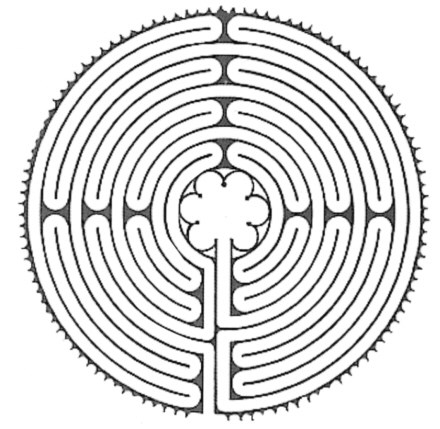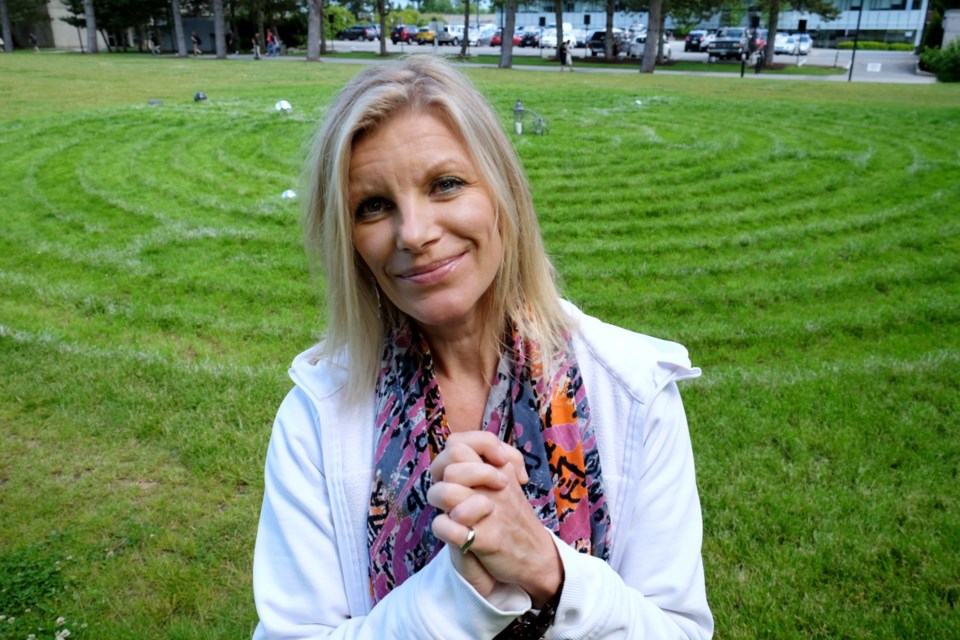Ellen Vaillancourt was driving to work at Simon Fraser University in the fall of 2010, when she was struck by an idea - a labyrinth.
Vaillancourt, the coordinator for SFU's Muslim studies centre, had picked up a book on labyrinths while visiting the Chartres Cathedral south of Paris earlier. The 13th century Gothic cathedral is home to a 40-foot labyrinth, inlaid in the stone floor. Visitors flock to the church each year to walk the circular path in contemplative prayer.
Vaillancourt was fascinated by the concept of using the labyrinth as artistic tool to work through thoughts and feelings. Back in Burnaby, on the way to SFU that glorious fall day, Vaillancourt was struck by a vision.
"There was this clearing in the forest," she says. "And I just got this massive vision for a labyrinth, a walking labyrinth."
The idea took hold and wouldn't let go. She learned more about the subject, joined an international community of labyrinth enthusiasts and organized volunteers and some funding to create the university's first walking labyrinth.
After outlining the path with field paint and some careful mowing, the "peace labyrinth" was carved into a grassy field next to the Strand Hall on the east end of campus. On June 21, the summer solstice, Vaillancourt held a special opening ceremony, complete with dancing, candlelight, poetry and a sun salutation.
The SFU peace labyrinth is modelled after the Chartres labyrinth and uses a circular path that loops back and forth, leading to the centre.

There's no right or wrong way to use the SFU labyrinth, according to Vaillancourt.
"You stand at the entrance, step onto the path, and you put one foot in front of the other, and you walk your way into the centre," she said. "And you get to the centre eventually, and be receptive to what comes. And on the way out be reflective. If you've gained some insight, how is it that you can bring that out in the world to affect positive change?"
Vaillancourt's hope is the labyrinth brings people a sense of community and peace in a world filled with emails and cell phones.
"(It's) to find a place where everybody is welcome to just be," she said. "It's just a space to go and breathe."
The labyrinth will be in place year round.



